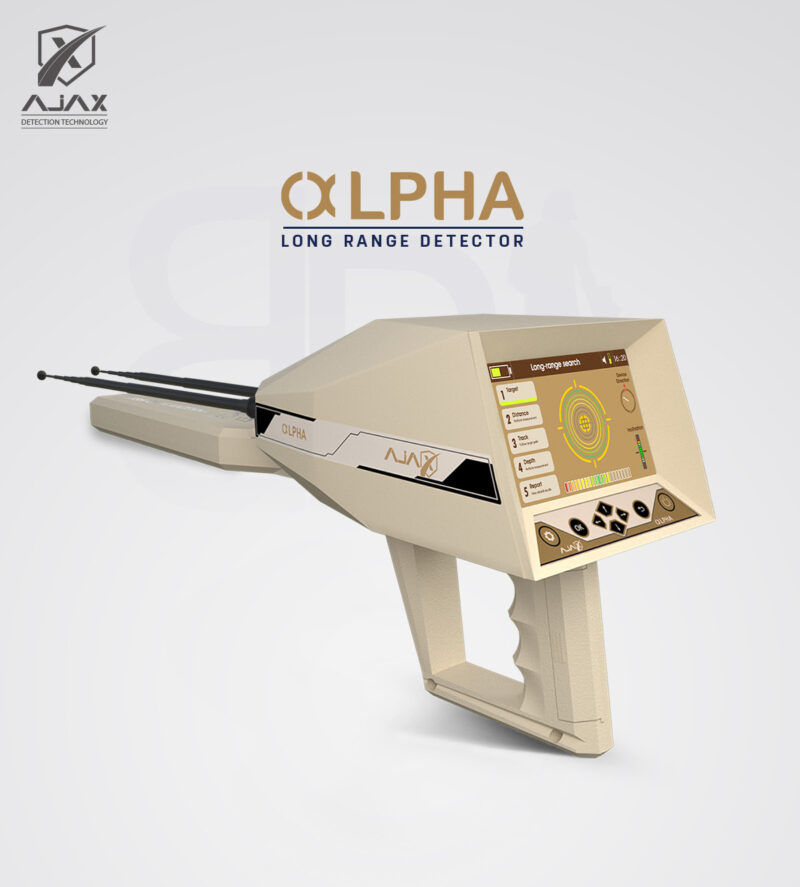For centuries, the pursuit of gold has fascinated explorers, hobbyists, and professional treasure hunters alike. While traditional metal detectors have proven their worth in finding coins, relics, and small treasures at shallow depths, the industry has also introduced a specialized category: long range gold detectors. These devices are often marketed as tools capable of detecting gold and other precious metals from a significant distance, sometimes even hundreds of meters away. But the question remains—are they truly effective, or do they promise more than they deliver?
As someone who has spent time studying and using different detection technologies, I believe the answer lies somewhere in between expectation and reality. Let’s break it down.
What Makes Long Range Gold Detectors Different?
Unlike standard VLF (Very Low Frequency) or pulse induction detectors, long range gold detectors are designed to detect the unique energy signatures of precious metals over extended distances. Instead of simply scanning the ground beneath the coil, these detectors claim to use antennas and frequency-based technology to “lock onto” targets from afar.
In theory, this makes them especially appealing to prospectors who want to cover wide areas quickly without combing inch by inch. Modern long range detector devices often come with multiple search programs, rechargeable power systems, and sensitivity adjustments to filter out unwanted signals.
However, the effectiveness of these features depends greatly on environmental factors, soil mineralization, and—most importantly—the skill of the operator.
The Promise vs. The Reality
One of the most important things to understand about long range gold detectors is that they aren’t magic tools. Many beginners expect them to act like “gold radars” that point directly to buried treasure. In practice, they require careful calibration, patience, and often complementary tools (like a standard metal detector or ground scanner) to confirm signals.
Skeptics argue that the technology cannot reliably detect metals at extreme distances, while experienced users report mixed but sometimes positive results. For example, in open desert terrains where interference is minimal, these detectors can help narrow down promising areas. On the other hand, in heavily mineralized soils or urban settings, false signals can be a common frustration.
Real-World Use Cases
I’ve spoken to prospectors in the Middle East who swear by these tools for preliminary searches. For them, long range gold detectors act as guides—identifying areas worth investigating more deeply. Once a promising signal is found, they switch to ground-penetrating detectors or more conventional devices to confirm the find.
This layered approach makes sense. Instead of replacing traditional detectors, long range devices complement them, saving time and effort in large-scale searches.
Spotlight on the Alpha Detector
Among the models available today, the Alpha detector has gained attention for balancing innovation with usability. This device offers dual search systems, long-range sensing, and advanced filtering features to help reduce interference. Users appreciate that it is lightweight and portable, making it easier to carry during extended fieldwork.
While no detector is perfect, the Alpha stands out because it bridges the gap between accessibility and advanced functionality, especially for hobbyists eager to move beyond entry-level tools. It demonstrates how far long range technology has evolved in recent years.
The Skill of the Operator Matters
One common thread among successful users of long range detectors is experience. These devices are not “switch on and win” gadgets. Operators must learn how to interpret signals, adjust sensitivity, and differentiate between false positives and genuine targets.
Training, patience, and practice are essential. A beginner might quickly dismiss the tool as ineffective, while a seasoned prospector can use it strategically as part of a broader treasure-hunting toolkit.
Challenges and Limitations
While long range detectors have their benefits, it’s important to acknowledge their limitations:
Environmental interference: Strong mineralization, underground water, or man-made structures can distort signals.
False positives: These are common, especially for inexperienced users.
Marketing hype: Some products exaggerate their capabilities, leading to unrealistic expectations.
Understanding these challenges helps prevent disappointment and ensures more practical use of the technology.
So, Are They Worth It?
The effectiveness of long range gold detectors depends on how they’re used and what expectations you bring. They are not miracle machines, but they can be valuable tools when used alongside other detection methods. For large search areas—like desert fields, rocky valleys, or open countryside—they can help narrow down potential hotspots before detailed scanning begins.
For serious prospectors and dedicated hobbyists, investing in a reputable model like the Alpha can make sense. However, newcomers should temper their expectations and be prepared to combine these detectors with other methods for the best results.
Final Thoughts
Long range gold detectors are a fascinating innovation in the world of treasure hunting. While not flawless, they offer a unique advantage: the ability to cover large areas quickly and identify zones of interest for further exploration. With proper training, realistic expectations, and the right model, they can certainly play a role in successful prospecting.
At the end of the day, effectiveness comes down to skill, patience, and strategy. Technology can only go so far—it’s the operator who makes the real difference.





